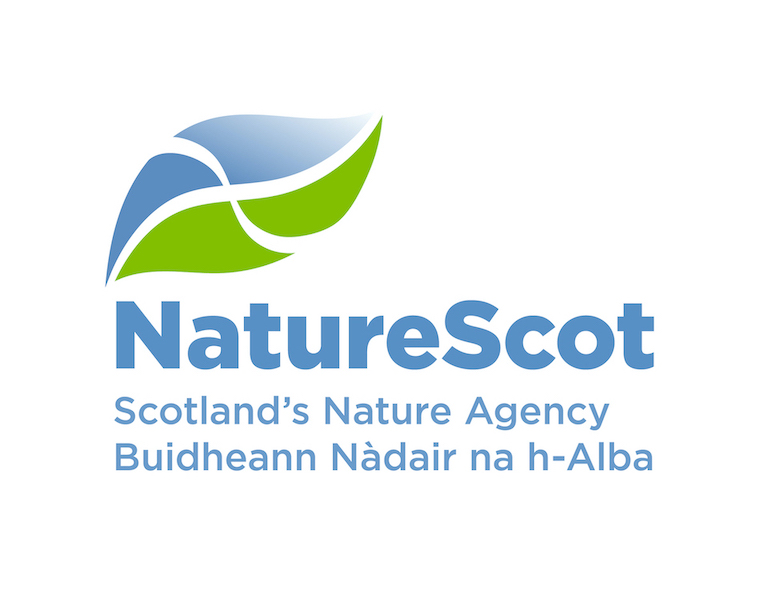Assessment of the status of the great crested newt Triturus cristatus within the Scottish Natural Heritage East Highland Area, 2002
NatureScot
Description
Fourteen ponds within the Scottish Natural Heritage East Highland Area were surveyed, to assess the suitability of surrounding habitats and give recommendations for management where this is thought to be required. All amphibians present were recorded.
MAIN FINDINGS
· Great crested newts T. cristatus were recorded at six out of seven ponds where the species was recorded during the previous, 1996 survey;
· No great crested newts were recorded at four ponds with old records for the species;
· No great crested newts were recorded at three ponds recently said to support the species;
· The total population of great crested newt in the ponds surveyed was estimated at between 267 and 890 adults;
· Ponds occupied by great crested newt were found to support a more diverse amphibian assemblage than unoccupied ponds.
Purpose
This work contributes towards the actions of UK Biodiversity Action Plan for great crested newt T. cristatus. It will help future monitoring and management of the sites, thus ensuring the long-term viability of the East Highland populations.
Methods
Survey methodology was based on the recommendations of Griffiths et al. (1996). The following provides a summary of the methods:
1 Day visit: collection of environmental/habitat data
For all sites, an adapted BRC/JNCC amphibian national recording scheme record card was completed. A sketch map of the aquatic habitats and surrounding terrestrial habitat was also completed, including the name and location of the site, boundaries, scale, direction of north, important surrounding features (aquatic and terrestrial), position and direction from which any photograph(s) taken.
To enable comparison with Griffiths et al. (1996), the following environmental information was also collected on a standardised recording form:
Water temperature 2 cm below the surface,
Weather conditions;
Length and width of each pond;
% of open water;
% of submerged vegetation across pond;
% of emergent vegetation across pond;
Turbidity (scale: clear/slightly murky/very murky).
At least one photograph was taken of each water-body.
2 Egg search
A search of surface and submerged vegetation around the edge of each water-bodies was undertaken to confirm the presence/absence of great crested newt T. cristatus eggs. Surveyors searched vegetation for the presence of eggs, with the characteristic way in which the leaves are wrapped around the egg being looked for.
3 Torch survey
Each pond was revisited on two occasions and torchlight night counts conducted. These were conducted between 30-90 minutes after dusk, and 60 minutes before dawn, and entailed a count of all amphibians of the accessible shoreline of each water-body. Each water-body was worked progressively around whilst scanning with the light beam of the Clulite rechargeable, 6 volt, 10 amp, 500, 000 candle power (Model GL6) torch.
All counts were undertaken in favourable weather conditions, i.e. mild, dry, calm nights.
Citation
Knowles, S.M, Bates, M.A., Smith, S.M., Black, D.J. & Osborn, R.L. (2002) Assessment of the status of the great crested newt Triturus cristatus within the Scottish Natural Heritage East Highland Area. Heritage Environmental Ltd., Auchterarder, for Scottish Natural Heritage, Dingwall.
Usage statistics
Loading...
Digitised records
Looking up... the number of records that can be accessed through the NBN Atlas. This resource was last checked for updated data on 13 Jan 2020. The most recent data was published on 13 Jan 2020.
Click to view records for the Assessment of the status of the great crested newt Triturus cristatus within the Scottish Natural Heritage East Highland Area, 2002 resource.


